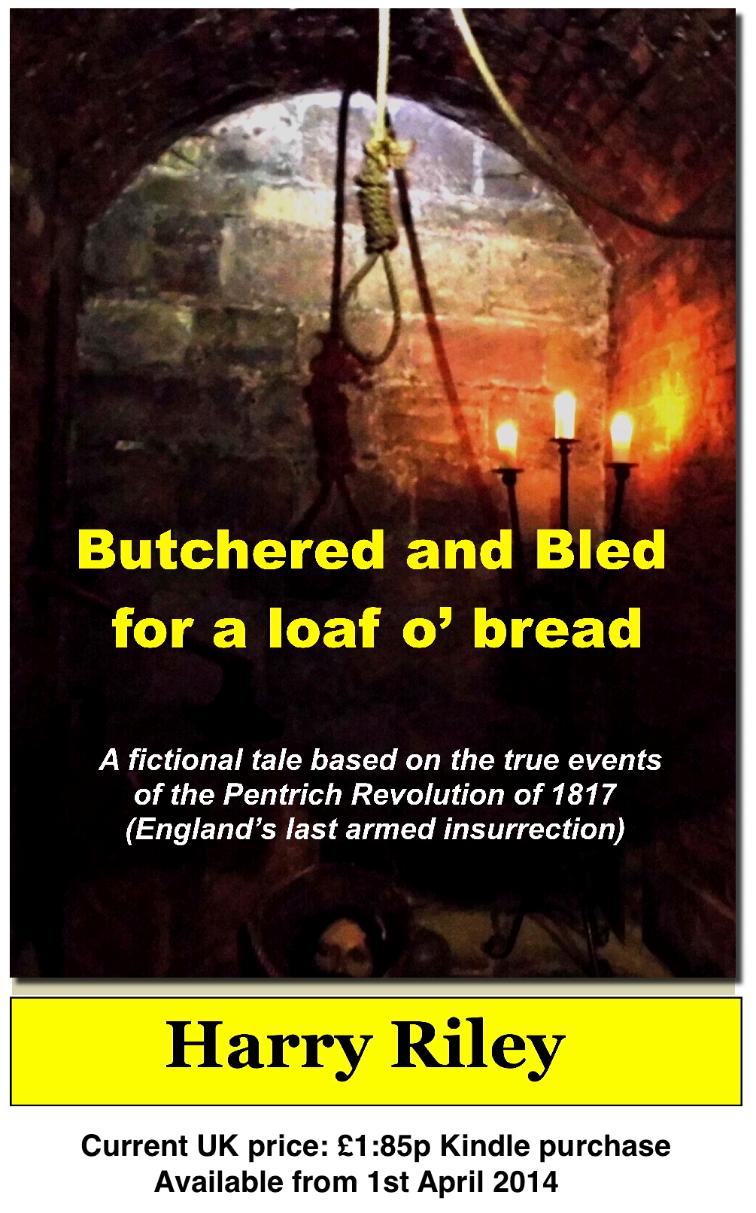|
||||||
This �Chapter & Verse� Erewash and Nottingham Canals
walk, along the Erewash Valley Trail, was kindly supported by �Autumn
Footprints� and was a small part of the 12th. Amber Valley and
Erewash Walking Festival. My �Harry Riley Notes� for the walk, for those interested
in local history, gathered from a wide variety of historical sources, including
word of mouth and with particular help from Mr. Brian Fretwell, a friend,
lifelong Eastwoodite and raconteur. Also local Mining Heritage Historian: Dr.
David Amos. Nottingham Canal was opened in 1796
and closed in 1937. Now it is mainly a nature reserve (although closer to
Nottingham it is still accessible for narrow boats.) Being 14.7miles long it went right
through to Nottingham from L/Mill and was built for coal shipments,
agricultural tools and building materials, as well as to carry passengers. The first railways did not open
until 1840�s. Then many shippers opted for the speedier railways to transport
their goods. The 11 & 3/4 miles long Erewash
canal opened 9th. Dec. 1779, stretching from The River Trent at Long
Eaton to Langley Bridge. It is said that the first barge was
filled with musicians and colliery owners, and as it passed each coal wharf and
bridge, reputedly, a cannon salute and musket fire was made to honour the
occasion, in true naval style. Part of the 30 miles long Erewash
Valley Trail is a valuable wetland and wet meadow corridor for many species of
wildlife: birds, insect, and aquatic life. A leaflet giving the entire route
& info, of the Erewash Valley Trail is available from Broxtowe Borough
Council Tel: 0115 9177777 or
Erewash Borough Council : 0845 9072244 Many different species have been
recorded along the length of this nature trail: Kingfishers: Finches: Owls: Willow
Warblers; Blue Tits and Coal Tits: Tree Pipits: Wagtails: Kestrel: and Buntings
and even Spotted Flycatchers. Not forgetting the bats �whirling around� as
daylight faded. The canal aquatic life includes:
Carp: Perch and Roach, Frogs and Water Voles, Mallard: Moor Hen: Coots and
Swan: Dragon Flies and Damsel Flies. Along it�s banks at various times
were Coal Wharves: Water Mills, Corn Merchants: Maltsters: Boat builders
Farriers and slaughterhouses (or knackers yards) as they were sometimes known:
several public houses: the Anchor Inn at Anchor Bridge: The Shipley Boat at
Shipley lock and others, all along the route, past Cotmanhay to Trent Lock. Can you imagine stripping back
time, to when this whole area would have been a hive of activity, instead of
the tranquil haven we have now. There would have been several coalmines close
by, noisy steam trains crossing over the cuts too. Lock keepers and their
families, perhaps chatting away to water bailiffs, anglers and boatmen, as well
as people walking to and from work. This largely agricultural area grew
up around the need to get its wares to market in the big towns and conurbations
of Nottingham, Derby and Leicester. The canal era was relatively
short-lived though, and the Midland Counties Railway was born in 1832 at the nearby
Sun Coaching Inn, Eastwood. We had farmers, miners and
cottagers, with their small frames and hand weaving: making gloves and
stockings, stonecutters and brick makers and potters and millers. Publicans
would have brewed their own ale for sale to thirsty workers. And then gradually, along came the
Industrial Revolution that was to drive away their rural livelihoods and cause
so much blood shed and rioting, as the common land and open fields were fenced
off to wealthy landowners. In Notts, and Derbyshire we had the
�Pentrich Uprising,� that cost lives and took starving men away to imprisonment
in the colonies; away from their families forever.(for more information on this
Important subject please see Penrich & South Wingfield Revolution Bicentenary
Group facebook page, or contact me by email.) But out of the coal-dust and
industrial grease and grime, grew famous authors, like D.H. Lawrence and Alan
Sillitoe, and renowned industrialists such as Richard Arkwright with his �World
Heritage� 1st water-powered cotton-spinning mill, at Cromford in
1771. At first, 7 year old children helped
adults in the mills for long hours, until later legislation raised the minimum
working age to 10. The Cromford Canal was built in 1794
to link the 14.5 miles down to join the Erewash Canal at Langley Mill, and
required 4 tunnels and 14 locks. It would carry cotton from Arkwright Mill,
limestone, coal and lead for the iron industry. Butterley Ironworks was a big
employer near Ripley. Where we are standing at the halfway
point in our walk, was once Newmanley�s Mill, a thriving corn mill. Just beyond was the toll road and
Shipley Boat Inn. By the side of the main rail line to Langley Mill, and
incidentally still in use. Over the winding River Erewash is
the old Slaughterhouse: now a private residence as we shall see. Harry Riley September 2014 Chapter & Verse website: eastwoodchapterverse.yo#13BEF35 Harry Riley: Email: harry@harryspen.co.uk http://www.facebook.com/profile.php?id=1418294527 Website:http-//har723.wix.com/h#1455365 http://www.amazon.co.uk/1817-Recipe-Revolution-Reflections-Pentrich/dp/1500770264http-//www.amazon.co.uk#1414FEE http://www.erewashramblers.org.uk/page4.html http://www.autumnfootprints.co.uk/autumn-footprints.aspx file://lochttp://www.broxtowe.gov.uk/alhost/x-msg/::64:www.facebook.com:dhlawrenceheritage  |
 |
 |
||||






